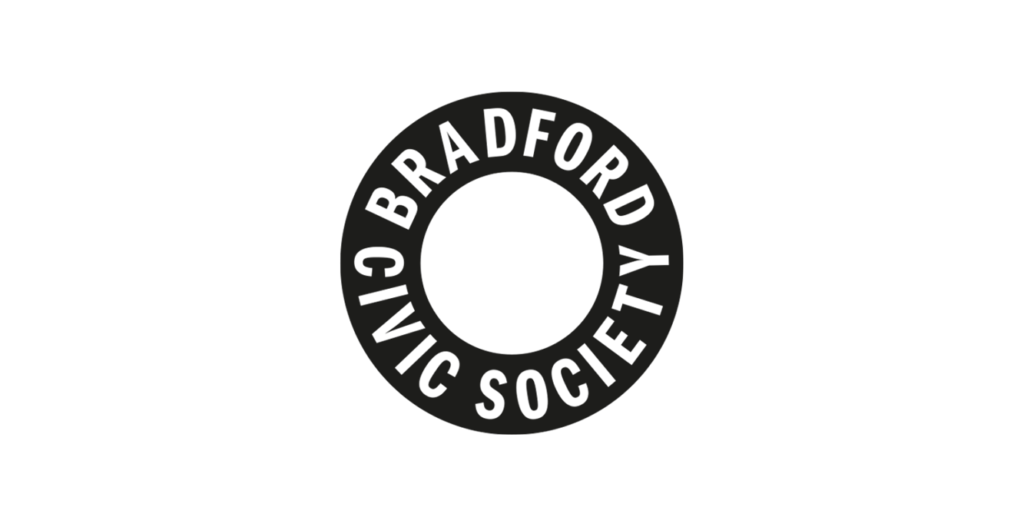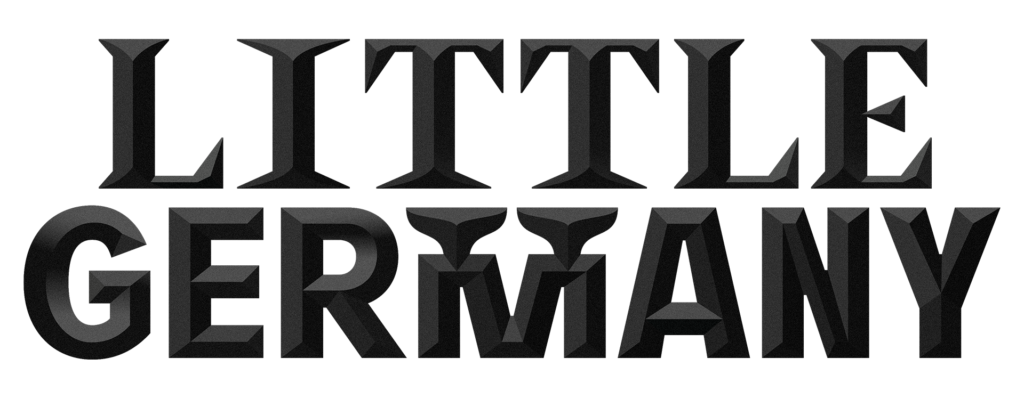Behind all Bradford's historic places, there are many well-known faces. In Little Germany, many of the German-Jewish migrants who transformed the area into a thriving commercial quarter were also well known for their good deeds elsewhere in the city. Later—as some of Little Germany's grand buildings found new uses—many of the people who were based here went on to be known nationally, and internationally, for their pioneering work in culture, the arts, and social reform.
behRenS
Jacob Behrens
Hannover-born Behrens relocated to Bradford in 1838 and soon established his own firm, which went on to become one of the largest textile manufacturers in Britain. In 1869 he built a new high school at his own expense, and became a key advisor to education reformer William Forster. Behrens was a key figure in the formation of Bradford Technical College and was knighted by Queen Victoria in 1882. He was known as 'a gentleman of culture and a philanthropist.'
ChUrch
Esme Church
Theatre director and actor Esme Church (1893 - 1972) has strong links to Little Germany. Although renowned for her work in London's West End, she surprised contemporaries at the time by taking on the role of Artistic Director at the Bradford Playhouse in the 1950s. Church went on to form the Northern Theatre School in Bradford, whose Alumni included Billie Whitelaw and many other well-known actors.
DeliUs
Frederick Delius
A renowned composer, associated with Little Germany through his father Julius’s firm of Delius & Co. Julius was born in Germany and migrated to Bradford to work at a number of firms before founding his own company from scratch. His son Frederick, arguably the more famous Delius, was born in Bradford in 1862. He is commemorated with a plaque at the house where he lived and a sculpture in Exchange Square. Meanwhile Delius senior’s warehouse in Little Germany is honoured with its own heritage plaque.
joWett
Fred Jowett
A prominent figure in early 19th Century Bradford politics who went on to serve as a Cabinet Member in the UK’s first Labour government. He was one of Bradford’s first Independent Labour Councillors and called for reforms in housing and education, as well as being a campaigner for free school meals. He has links to Little Germany via the former Labour Institute on Peckover Street, site of the inaugural Independent Labour Party conference.
MOsEr
Florence and Jacob Moser
Hailing from the area now known as north Germany, Jacob Moses changed his name to Moser before migrating to Bradford. A prominent and vocal member of the Jewish community, Moser founded the city's Jewish Reform Synagogue. He served as Lord Mayor from 1910 to 1911. Florence Moser is best remembered for her great help for working mothers, and she went on to be considered a pioneer in the field of early years childcare. For this, Florence was honoured with a Bradford blue plaque in 2020.
prieStley
J B Priestley
Regarded as one of Britain’s most influential writers. He is honoured throughout Bradford with two blue plaques, a statue outside the National Science and Media Museum, a library at the University of Bradford, and is featured on the Council’s roll of honorary freemen of the city. In Little Germany, he was heavily associated with the Bradford Playhouse (later and briefly known as the Priestley Centre for the Arts).
seMon
Charles Semon
One of the most active merchants in 19th Century Bradford. He became the first foreign-born and first Jewish Mayor of Bradford in 1864. Well known for his acts of philanthropy, he established a home for convalescence in Ilkley which he later gifted to the Bradford Corporation for public good.
Project partners
























